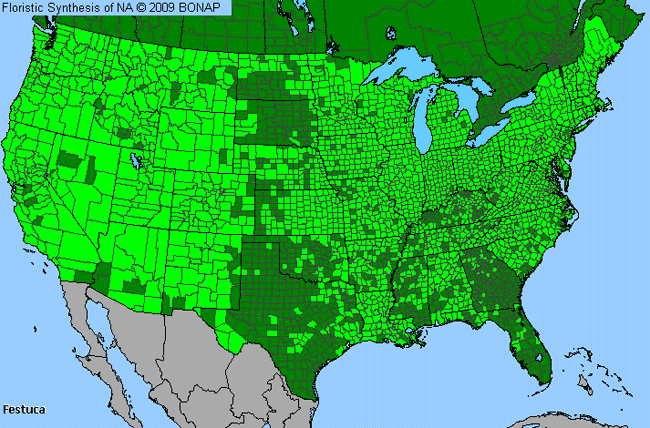Fescue (Festuca)

Fescue Genus Details

This grass is perennial and has flat, smooth thin blades. It tolerates shade well and grows in prairie slopes and woodland margins.
Fescue Allergy Info

This is one of the more significant grass types in terms of allergy.
Fescue Pollen Description

Grains are spheroidal to ovoidal, sometimes elliptical. The exine is thin and the surface is granular to finely reticuloid. Poaceae apertures are 1-porate, with the pores usually circular to ovoidal.
Grains are 22-122 micrometers in diameter.

This plant belongs to the grass family. All pollen grains in this family are similar to the Poaceae (grass) grain pictured here. Herb. MIN

This plant belongs to the grass family. All pollen grains in this family are similar to the Poaceae (grass) grains pictured here. Herb. MIN
Species in This Genus

Allergenicity Legend:
 Mild Allergen |
Mild Allergen |
 Moderate Allergen |
Moderate Allergen |
 Severe Allergen |
Severe Allergen |
 Allergy Test Available
Allergy Test Available
Fescue (Festuca) is a genus of the POACEAE family.
This genus includes the following allergenic species:
This genus includes the following allergenic species:












